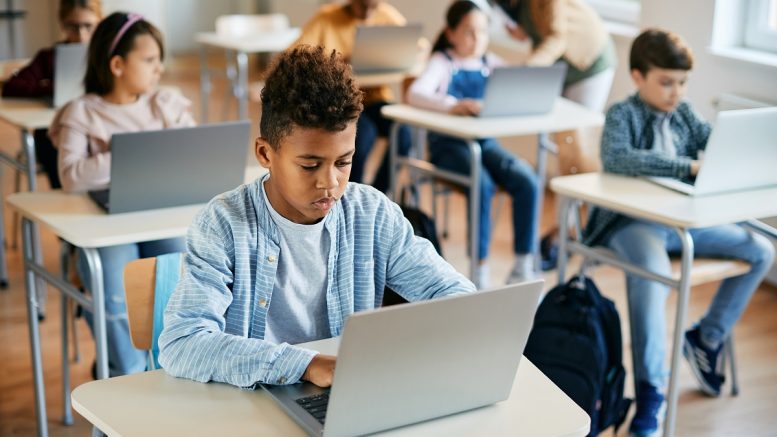Myopia, more commonly known as near-sightedness, has been named a global epidemic by the American Academy of Optometry. Perhaps close reading and screen time got you through lockdown, creating new reading habits all requiring your eyes to adjust. It is widely believed that our dependence on electronics and decreased time outside is to blame. While there are ways we can protect our kids’ vision prior to it becoming a problem, we also must consider what can be done after vision issues have started to settle in.
Myopia: From Pandemic to Epidemic
After more than a year of pandemic lockdowns, a time when kids have been forced to learn from a screen, children face an increased and unprecedented challenge when it comes to myopia. A substantial myopic shift appeared during the Covid-19 pandemic after more than a year of home confinement. The prevalence of myopia increased 1.4 to 3 times in 2020 for children aged six to eight years compared with the previous five years. Post-pandemic, the trend continues as Ted-Ed videos, Zoom calls and classroom-reliant laptops infiltrate the education system. This trend is not going unnoticed as The World Health Organization estimates that half of the population of the world may be myopic by 2050. The earlier myopia sets in, the worse it is likely to be. Myopia is set to become a leading cause of permanent blindness worldwide, which is why it is essential for parents to test and monitor children’s eyesight as early as possible.
The Trials and Tribulations of the U.S. Education System
Eye damage doesn’t start and end at remote education. Average daily screen use by children during the Covid-19 pandemic increased by more than an hour and twenty minutes, most of which can be contributed to educational device usage. Many schools are still using technology to teach, which means students are suffering from screen-time related ailments just as much now as they were during the pandemic—in addition to being required to read for too long, too early in life, before their eyes are properly developed. Students also spend 20 to 25 hours a year taking standardized tests. They spend even more time preparing for these tests, staring at small words for hours before their eyes can handle it. Whether it be the testing or the technology, the way children obtain education in the modern world is consistently hurting their eye sight as each year of education completed increases the expected amount of near-sightedness.
Reading Too Soon for Too Long
While education itself does not cause eye problems, the modern education system does with its emphasis on long hours spent in classrooms. When children are required to focus closely on a book for long periods of time, also known as “near work”, their eye muscles stretch and their lenses shift to accommodate for the massive strain of constant close-distance tasks. This is what will eventually lead to near-sightedness. Children’s vision issues can stem from staring at Chromebooks for too long or reading too early or for too long– often increasing the likelihood that children as young as three-years old will need glasses by the time they are in third grade.
Advocating For Children’s Vision
The pandemic caused many technological shifts, and higher levels of screen time and reading is impacting kid’s vision. At the intersection of health care and education, the remnants of remote learning and ever-increasing screen time, now more than ever it is essential for parents to help empower their children, who then feel empowered themselves. 80 percent of learning is visual, and children who experience vision issues are more likely to struggle in school, athletics and at home, putting them at a major disadvantage. Parents who intervene early have the ability to show their children that they have the power to change their visual reality and play a critical role in understanding the implications of their child’s health, helping them make informed decisions about their vision.
The key to avoiding long term eye problems is combating those issues from the source starting at a young age. Myopia is a global epidemic, and children now more than ever, experience increased screen time and reading hours, and their eyes are proof of the damage done. Advocating for children’s vision, both in school and at home, has the power to change their visual reality one step at a time.
By Dr. Juanita Collier, MS, OD, FCOVD, founder of 4D Vision Gym





